Revered Acharya Pandit BrahmadattJee Jijjyasu (jijnasu)
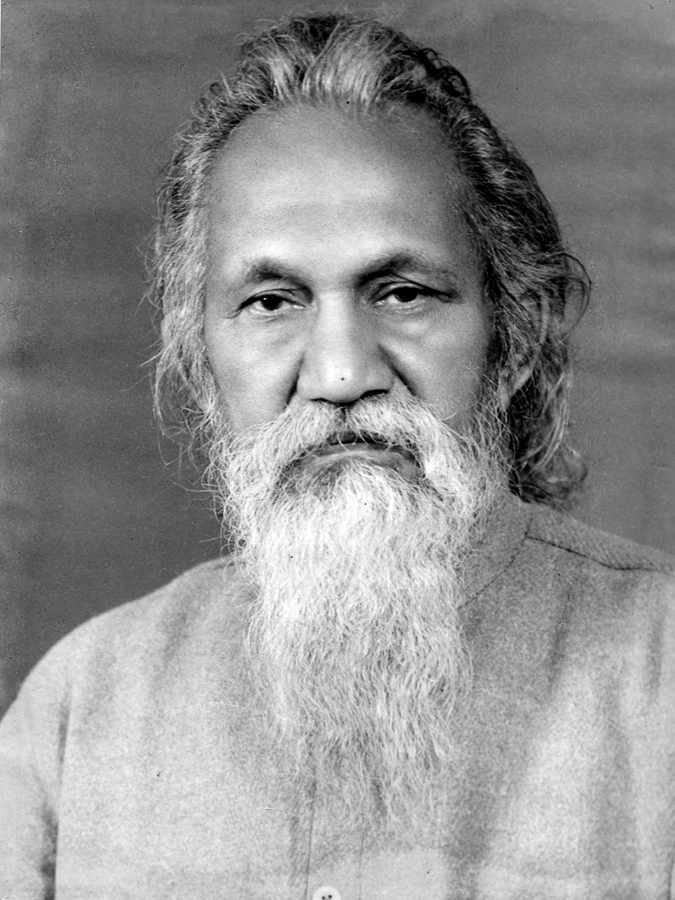

Author
UnknownDate
19-Oct-2015Category
MemoriesLanguage
EnglishTotal Views
2787Total Comments
0Uploader
amitUpload Date
30-Nov-2015Download PDF
-0 MBTop Articles in this Category
Top Articles by this Author
- Animal Sacrifice Before Deities
- वैजञानिक दृषटि से à¤à¥€ यजञ को समना होगा
- महरषि दयाननद और मांस à¤à¤•à¤·à¤£ निषेध
- Shivratri, the Bodh Utsav - Day of enlightenment of Maharishi Dayanand Saraswati
- स�वामी श�रद�धानंद जी का महान जीवन कथन
Pandit jee was born on 14th/October/1892 at Mallupota (Banga, District Jallandhar, Punjab). His early education was in Urdu. But because of his aptitude he later studied Sanskrit as well. He was a brilliant student and studied upto matriculation. Was inspired by reading of Satyarth Prakash, started studying ancient Arsh scriptures. As a result on 05th June, 1912 left his home for good.
Educational Work
With a strong determination to study ancient scriptures he went to feet of Swami Purnanandji Saraswati, a disciple of the learned Pt. Kashinathji. With his dedication and under guidance from his studied for six years (June, 1912 to September, 1918) and attained proficiency in Sanskrit Grammer, Upnishads and those books authored by Swami Dayanand . Thereafter he reached Sadhu Ashram at Harduaganj (near bridge Kali River) in 1921 and later, in consultation with Swami Sarvadanand jee, established “Virajanand Ashram” there. Here he replaced the earlier Anarsh system by the Arsh system of education.
While carrying out studies of Grammar etc. he attained knowledge of Upnishads from Swami Sarvadanandjee, Mahabhashy from Pandit Deva Narayanjee Tewari, ancient philosophy from Pandit Dhudiraj Shastri, Pandit Girishji Shukla and Pandit Goswami Damodar Lalji, complete Mimansa Shastra from MM Pandit Chinnaswami Shastri and Paddit Pattabiram Shastri and deep study of Shrauts under Pandit Rambhatta Ratate. He studied under other learned persons during his stay at Kashi. Under the guidance of Pandit Bhagavaddatta studied aspects of research into the Vedic literature.
Social Works.
Simultaneous with the studies undertaken by him, as outlined above, his contributions to the society are of no less importance. He participated in the Shuddhi programme of the Malakanas in 1923-24, again in Shuddhi Andolan in 1926-28, as Secretary of the “ Kashi Hindu Shuddhi Sabha”, participated in Shuddhi and other programs from October, 1947 to February, 1950 and sent his students for participation in Satyagrah in Hydrabad and in 1957 to participate in Hindi Raksha Andolan. In addition to these, and being inspired by Mahatma Hansraj and under his chairmanship, had participated in verbal Shastrarth for five days in Lahore in 1931 against Pandit Vishwabandhu Shastri, Pandit Rajaram Shastri and Pandit Charudev Shastri on the subjects of “Histroy in Nirukta and Vedas”. And while working with Paropkarini Sabha in Ajmer he participated in written Shastrarths with Pandit Shripad Damodar Satawalekar on the subject of “Deities of Mantras”. He also canvassed for Shri Prabudatt durting his election against Pandit Jawaharlal Nehru. He served as lifetime president of “Ram Lal Kapoor Trust”. He had been a member of senate of Sampoornanand Sanskrit University, Varansi for many years.
In the Service of Vedic Literature
He served the cause of Vedic Literature right from 1921 till his death in 1964. He worked very hard in his studies and research in Ashtadhyayi, Mahabhashya, Niruktta, Metre, Mimansa, Shrauta, Brahmanas and Vedas. Many readers were benefited through many of his investigative articles, published in the “Veda Vani”. During his stay in Kashi he collected many important manuscripts of ancient books besides editing of Mahabhashya Deepika. He further wrote and edited many important works detailed below :-
(1) Yajurvedabhashya Vivaranam (two parts)
(2) Ashtadhyayisutrapath (editing)
(3) Ashtadhyayi Bhashyam (First revision in two parts)
(4) Simple methods for reading and understanding Sanskrit (Two Parts)
(5) Vedas and Nirukta
(6) History in Nirukkta and Vedas
(7) Real nature of Devapi-Shantanu Legend
Rashtriya Pandita
By virtue of his having developed expertise in many areas the President of India, Dr. Sarvapalli Radhakrishnan, conferred on him the title of “Rashtriya Pandita” in 1963.
Disciples
After studying in Panini Mahavidyalaya and Virjanand Ashram many of his disciples have been appropriately placed in different areas of society. Of the many disciples following are a few :-
1) Late Mahamahopadhyaya Pandit Yudhishthirjee Mimansak
2) Late Pandit Yajnvalkyajee
3) Late Pandit Indradevjee Acharya
4) Late Pandit Bhadrasenjee Acharya
5) Late pandit Satydev jee Vashishth Ayurvedacharya
6) Late Pandit Dharmadevjee Niruktacharya
7) Late Pandit Vachaspatijee Acharya
8) Late Pandit Jyotiswaroopjee Acharya
9) Late Pandit Bhimsenjee Shastri
10) Late Vaidya Yashpal Jee
11) Panadit Vachaspatijee
12) Late Dr. Chandrakantjee Mudaliar
13) Late Dr. Devaprakashjee Patanjal
14) Dr. Munishwaradevjee
15) Late Dr. Kapildevjee
16) Dr. Pandit Virendrajee Sharma
17) Late Pandit Om Prakashjee Vyakaranacharya
18) Dr.Pandit Satyapaljee
19) Pandit Rajendra Kumajee Acharya
20) Late Pandit Satya priyajee
21) Pandit Vedavrajee Prajnachakshu
22) Late Pandit Shankardevjee (Hydrabad)
23) Late Pandit Ramchandra Jee
24) Vaidya Rangacharyajee
25) Late Ranveerjee Kapoor
26) Late PAndit Vidyabhaskarjee
27) Late Swami Mananandjee Acharya (Pandit Brahmdevjee)
28) Acharya Vijayapal jee Vidyavaridhi
29) Late Shri jitendrajee
30) Shri Amar Singhjee
31) Pandit Vratapaljee Siddhant Shastri
32) Late Pandit Khemchandjee
33) Dr. Sudyumanjee Acharya
34) Pandit Dharmanandjee
35) Pandit Yajnvalkyajee (Bramchari Vishnuchaitanyajee)
Female Students :-
Many girl students had studied under him and attained proficiency in various aspects of Vedic literature. Prominent among his female students are detailed below :-
36) Smt. Shreshthajee Mehra
37) Smt. Satyajee Patharia
38) Sushri Umanandanjee Saraswati
39) Sushri Dr. Pushpaji Acharya
40) Sushri Jaydevi, Professor

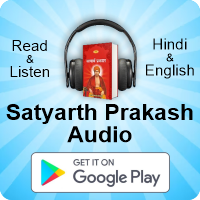
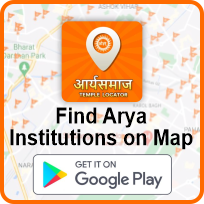

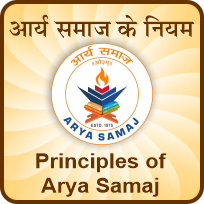
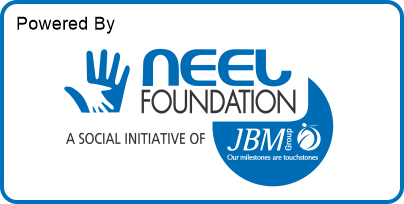






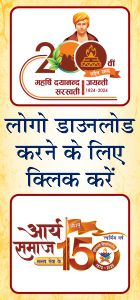
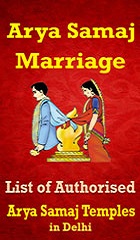
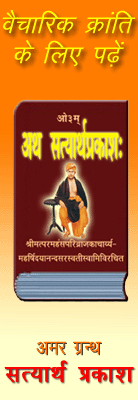

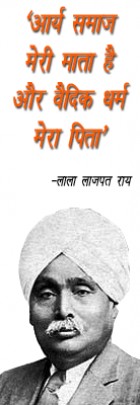
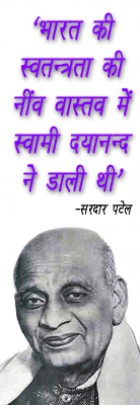
ALL COMMENTS (0)